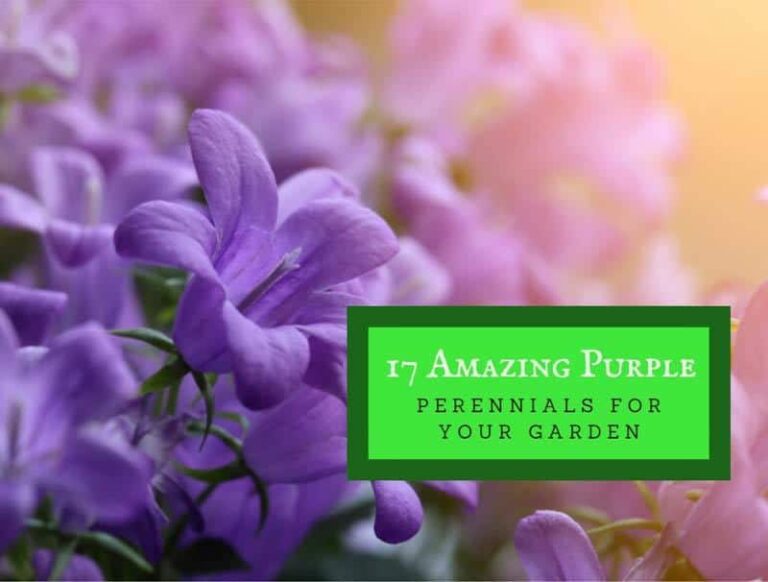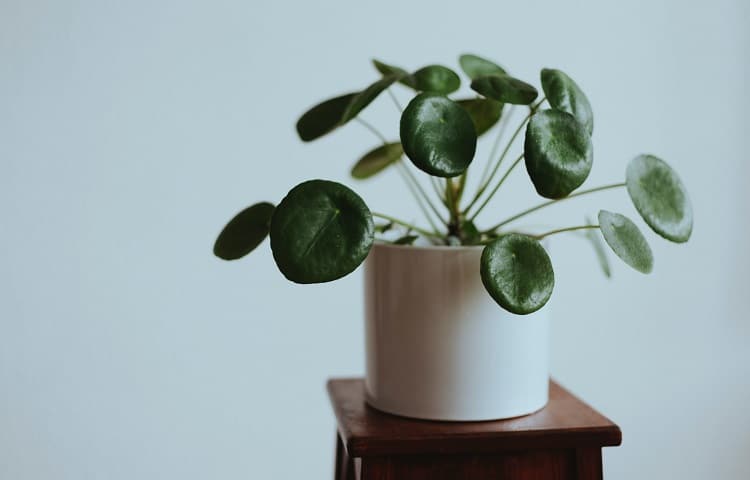What are the Best Large Indoor Plants?
Our recommendations for the best large indoor plants are Hirt’s Victorian Parlor Palm and Burgundy Rubber Tree Plant. When choosing plants that you hope will get large, it pays to pick plants that are tolerant of a variety of conditions. And since light could be a limiting factor, we opted for plants that can thrive even in low light conditions. Check out our picks for the best large plants below.
Our Top Picks for the Best Large Indoor Plants
[wptb id="8320" not found ]What You Need to Know about Indoor Plants
Indoor plants make a house a home. They bring the outdoors inside so that you can enjoy the relaxing environment it provides. There’s a bit of extra care involved when you grow plants indoors. You need to compensate for the limitations of growing plants in a confined space. You have to see to all the plant’s needs. Some will make it an easy task, others, not so much.
Before choosing a houseplant, let alone a large one, consider what you can offer it. Think of things like lighting and the immediate environment of its future location. Is it a sunny spot? Is it drafty? Would you call it a warm room or a chilly one? Considering these things ahead of time can guide your choice for the right plant. Matching the plant to your home means less stress.
Lighting Needs
Unless there is a southern or western exposure, your plant likely won’t get a great deal of direct light or indirect light. That leaves you with two choices. You can set up a grow light to compensate for the lack of sunlight. While there is some expense involved, it will open up more choices of plants for you. If you want a plant with high light needs, it is a given. Using a timer can ensure it gets enough.
You can also opt for low light plants. The advantage is that you needn’t do anything different. The ambient light will suffice. The plants will thrive in the given conditions. If you don’t want the bother of setting up a grow light, these plants offer excellent choices for large indoor plants.
Moisture Needs
With a closed container, it’s crucial to your plant’s survival that it received adequate moisture. But with most things, there is a balance. Many plants can tolerate a range of soil conditions. You won’t kill a plant if you neglect to water it. On the other hand, too much water can prove fatal for plants. Your container must allow for proper drainage to keep the roots healthy.
Excess moisture from waterings will deprive the plant roots of adequate air circulation. Left unchecked, it can lead to root rot. It can be a trickier with a large indoor plant since the water has to leave the container. That means you need some way for the water to drain without making a mess or an ordeal out of it. The less you have to move a plant, the better. It reduces the risk of damage.
This video from the University of Illinois Extension explains the best practices for watering indoor plants to keep them happy and healthy.
Care and Maintenance
The chances are you’re starting from a smaller plant with the hope of it becoming a larger centerpiece. And the best way to get there is with proper care. Indoor potted plants often need little maintenance outside of watering. You will need to fertilize it occasionally, depending on how heavy a feeder it is. Like too much water, too much fertilizer is also deadly.
Fertilizing is a matter of balance. The proper amount of additives means getting the concentration right based on the amount of soil. A tall indoor plant in a large container will need more fertilizer than a smaller plant. Light also plays a role. A plant receiving a lot of light will need more food to fuel its growth. A slow-release formula will ensure it gets the proper amount.
Pruning
Pruning can help shape your plant to fit its space. You can pinch off the ends of small shoots as it grows. Like shrubs outdoors, this practice will encourage new growth and help the plant take on a fuller form. You should do this task when shoots are just coming up. Some plants like the rubber tree produce sap. Snapping a larger branch will leave you with a sticky mess.
Keeping It Safe
If you have pets or small children in your home, you should find out if a plant is toxic. Some plants may be poisonous to cats and not to dogs. Likewise, what is toxic to pets may be safe for people. To play it safe, research your options depending on who may come into harm’s way. For your own peace of mind, steer clear of any plants that pose a threat.
Choosing Large Indoor Plants
When it comes time to choose your indoor house plant, the proof is in the foliage. Look for plants with vibrant green leaves. Check them for signs of damage or discoloration. Also, take a look at the bottom of the plant—if you can. Unless you’re planning to repot your plant right away, avoid any that are root bound.
The plant should look healthy. Taking it home to a new environment is going to stress a plant. If it seems like it’s hurting now, it’ll only get worse with the change in living quarters. For the best success with your new plant, choose plants that are healthy and show signs of vigorous growth. These plants will handle the transition to a new home best.
Our Recommendations: Hirt’s Victorian Parlor Palm and Burgundy Rubber Tree Plant
We narrowed our focus to plants with a proven history of hardiness. Indoor plants have to endure sometimes trying conditions. Sometimes, it’s dry. Light is always an issue, especially if you don’t want to invest in grow lights. We wanted a plant that looks great and needs low maintenance. Our choice satisfied all of our criteria.
We love the look of a palm. The Hirt’s Victorian Parlor Palm fits the bill for the classic form. We liked the fact that it can tolerate low light and drought. They can often become issues with indoor plants. We were impressed with the parlor palm’s hardiness and tolerance for neglect. It’s a good looking plant that will be as stunning in the parlor as it is in the kitchen.
The Burgundy Rubber Tree Plant has history going for it. We like a plant that has the reputation of being a good indoor plant. The rubber tree is an attractive addition to whatever space you have whether it is a house or an apartment. Its burgundy color is an eye-catching feature that adds to its value as a large indoor plant.
To get the most out of a large indoor plant, you need one that can handle the stresses of indoor life as well as the occasional neglect. It makes sense if you want a plant to get large and become a centerpiece for your home. Our choices include plants that can tolerate a variety of conditions. You can almost think of them as members of the family. Some other large houseplants to consider are dracaenas, ambius, ficus, philodendron, and fig trees.


